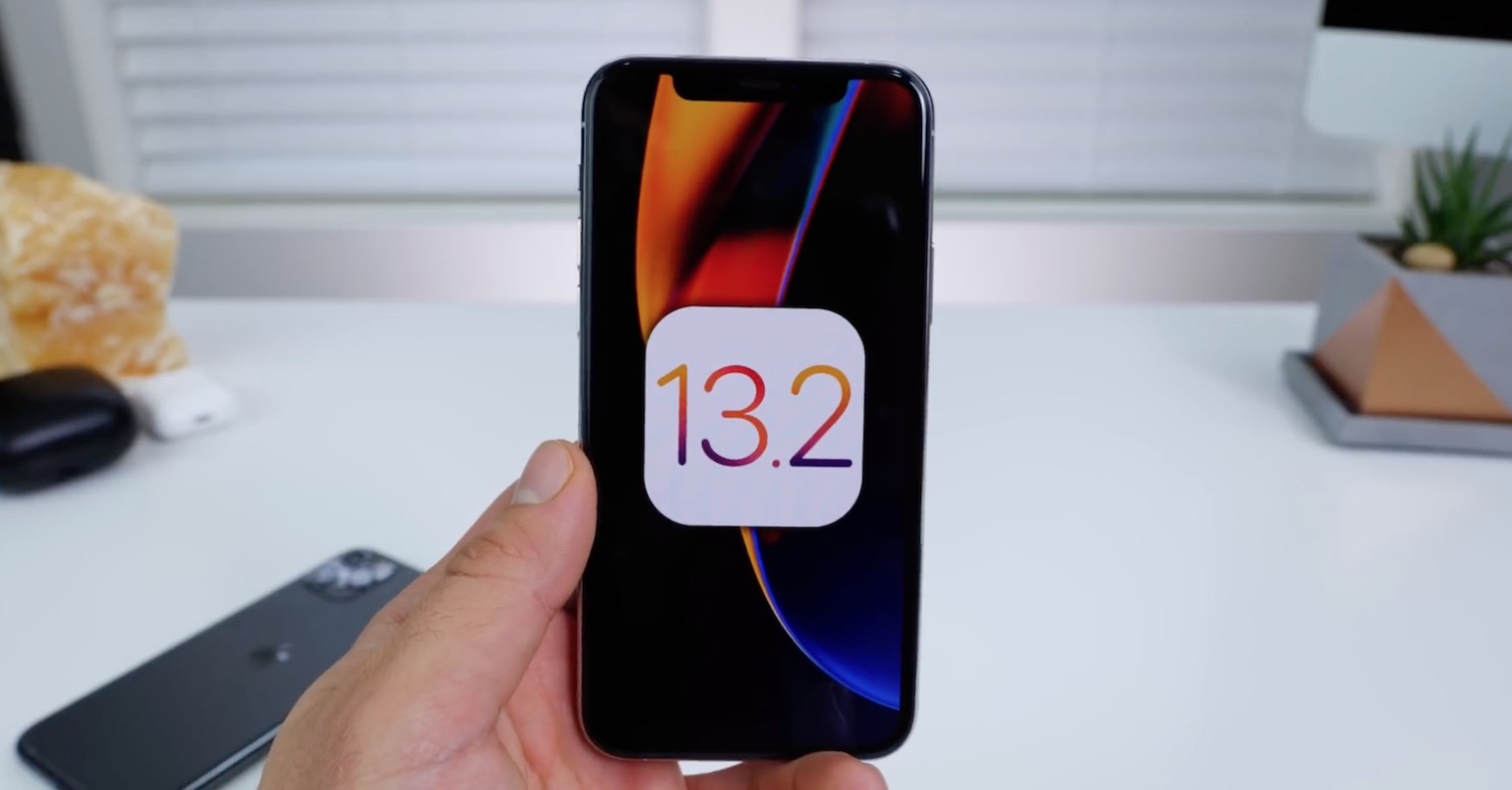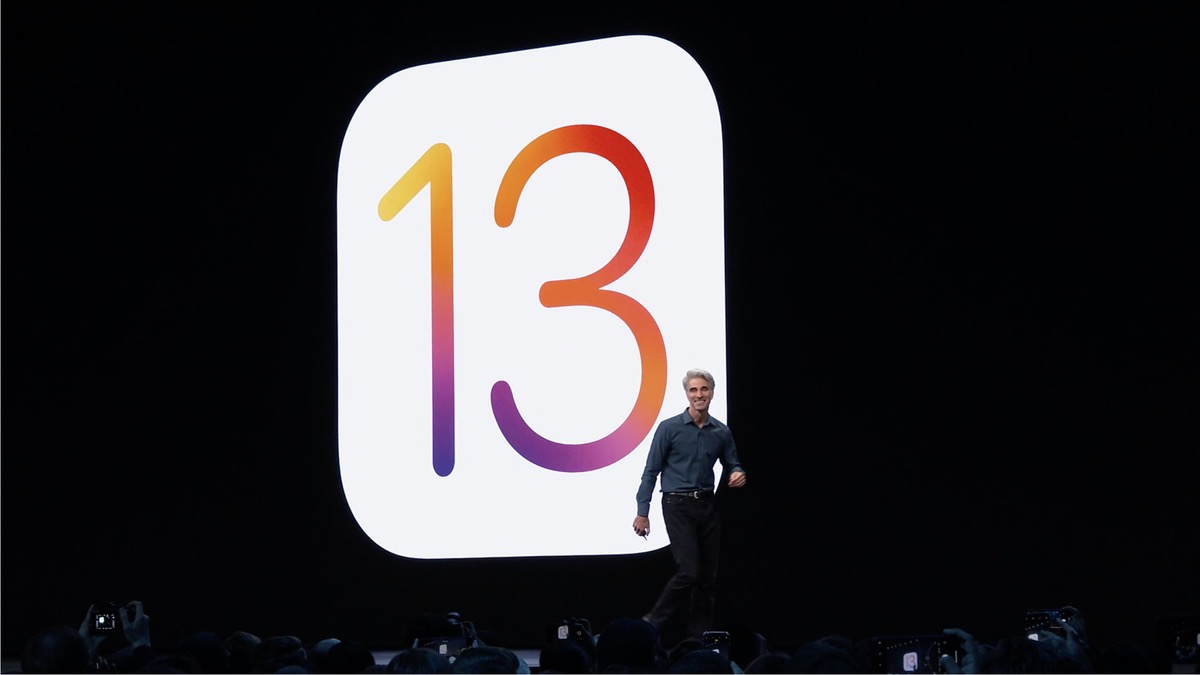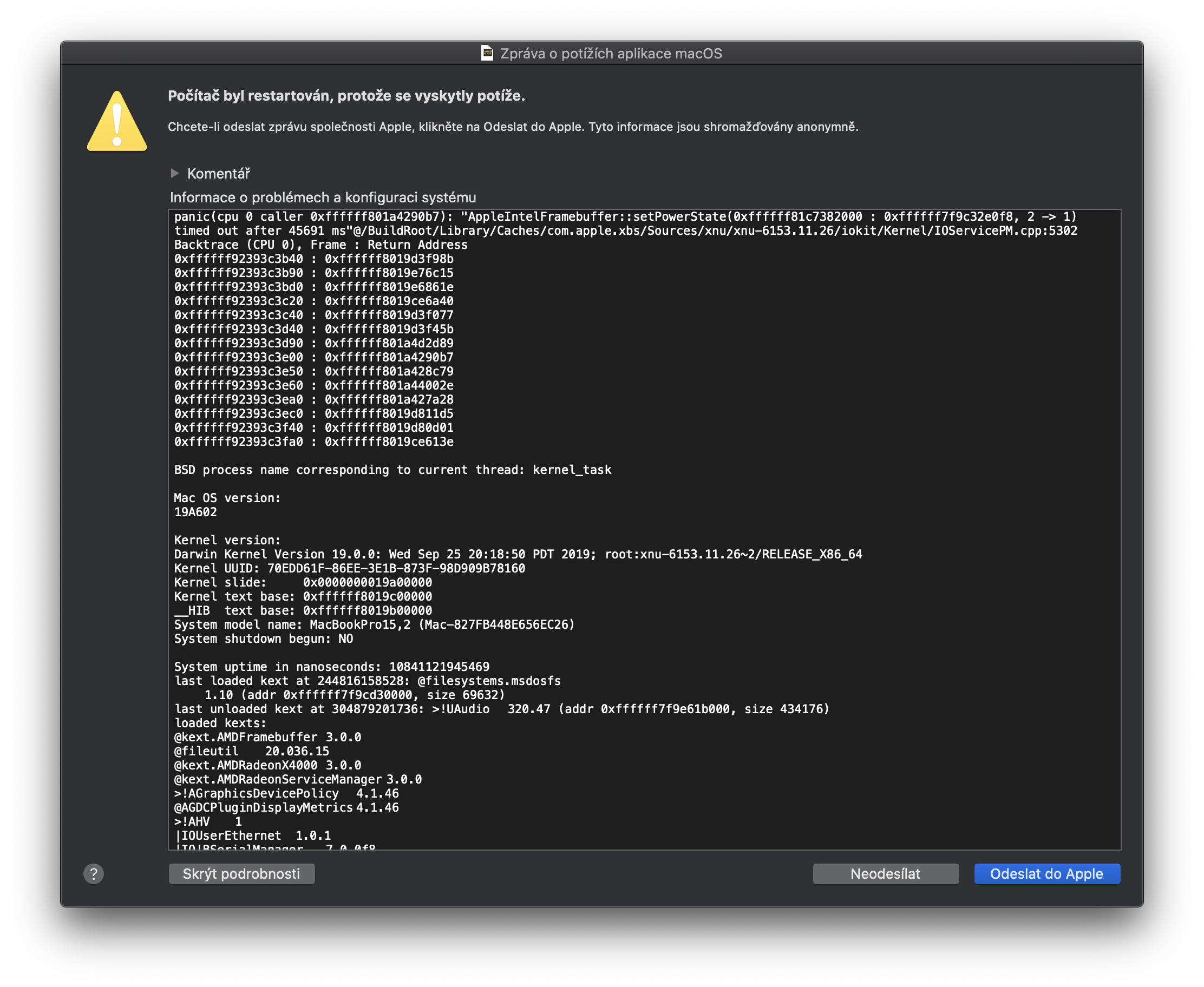Apple made a whip for itself. It is often pilloried by users for bringing new features, but often with bugs. On the contrary, when a company decides to devote all its time to "ironing out" the system and optimizing it, it is again criticized for the lack of innovations.
After all, it was the same in the case of iOS 12. One group of users praised it because the system was really stable, fast and above all without major errors. But the second group of users complained that the twelve basically does not bring any new functions and does not advance the system further.
With iOS 13, we are experiencing the opposite situation so far. There is a fair amount of news, but they don't always work as they should. Apple has already released full series of patch updates and still not done with tuning. Around the corner is iOS 13.2 with Deep Fusion mode, which is already in the fourth beta version.
It could be interest you

I'm missing the macOS Catalina operating system did not leak either, although he did not bring too many essential innovations. However, users still report a number of problems that complicate their daily work, be it errors directly in the system or problems with drivers or software. And that's not to mention the fact that the general parts of the installation users froze at the settings screen.
All this gives the impression that Apple is not able to release a problem-free version of the software.
David Shayer v. attempts to explain the situation contribution to TidBITS. Shayer worked at Apple for over 18 years as a developer on many projects. So he knows firsthand how the company's software development is going and where the mistake happened.

Old system errors are not resolved
Apple has its own bug report rating system. Everything undergoes prioritization, where newer bugs are prioritized over older ones.
When a developer accidentally breaks some functionality, we call it a regression. He is expected to fix everything.
Once you report a bug, it will be evaluated by a QA engineer. If it finds that the bug has already appeared in previous builds of the software, it marks it as "non-regressive". It follows from the definition that it is not a new but an old error. The chance that someone will fix it is small.
I'm not saying that's how all teams work. But most of them did, and it drove me crazy. One team even made t-shirts that read "non-regressive". If the bug is not regressive, they don't need to fix it. This is why, for example, an error with uploading photos to iCloud or an error with contact synchronization may never be fixed.
One of the frequent errors in macOS Catalina when the external video card freezes:

Shyer also rejects the claim that the software was once better. Apple has many more customers today than it used to, so the software is under more scrutiny. In addition, everything is much more sophisticated. In other words, gone are the days when an OS X update was released for a small group of users. Today, the system reaches millions of devices at once after the release of an update.
Modern Apple operating systems have millions of lines of code. Your Mac, iPhone, iPad, Watch, AirPods, and HomePod are constantly communicating with each other and iCloud. Applications work in threads and communicate over the (imperfect) Internet.
Subsequently, Shayer adds that testing such complex systems is a huge challenge that requires many resources. And even then, it doesn't always have to turn out well, which we already saw this year.
It could be interest you

I'm glad I wasn't tempted by "dark mode" and so far I've stayed on the fairly stable iOS 12.4 iPXS. I haven't run into an error yet.